Federal Budget 2022: Changes to climate change policy, EVs, disaster relief, power bills
Labor’s budget had no relief for surging energy prices despite growing calls for a national energy summit.
Federal Budget
Don't miss out on the headlines from Federal Budget. Followed categories will be added to My News.
Calls for a national energy summit to address soaring energy costs are increasing after the budget predicted consumer prices would soar by 56 per cent.
Joel Gibson from the consumer network OneBigSwitch said the energy price crisis should now be the government’s top priority if Australia was to avoid similar scenes to the UK, where 40 retailers had gone bust and price caps had doubled.
“The budget was an opportunity to address the biggest cost of living crisis we face right now - energy bills - but the government has elected to kick the can down the road,” Mr Gibson said.
“We now need a national summit to deal with this issue. Business as usual won’t cut it. If we don’t ring the bell now, we’ll have millions of Aussies who can’t afford to turn the lights on.”
While the NGO sector generally welcomed Budget measures in areas such as child care, aged care and housing, there were strong concerns about the day-to-day cost of living increases. Besides the predictions of soaring energy prices, the Budget also pointed to likely increases in the cost of food and vegetables because of October floods in eastern Australia.


Mission Australia’s CEO Sharon Callister said: “As cost of living and housing pressures go through the roof, people who rely on income support are unable to pay for many of the essentials of life.”
Opposition Treasury spokesperson Angus Taylor slammed the government over rising cost of living pressures.
“The Budget confirms that electricity and gas prices are expected to rise sharply over the next two years. Treasury has assumed retail electricity prices will increase by 50 per cent. Retail gas prices are up some 40 per cent in 2022 and 2023,” he said.
“Despite Labor’s pre-election promise to reduce your power prices by $275 a year, their own budget papers contradict this claim, and the Government has no plan to address rising prices.”
The price hike amounts to a 56 per cent rise over two years due to the increase compounding each year.
Clean Energy Council CEO Kane Thornton said the Budget would expedite Australia’s transition to clean, renewable energy.
“We’re being warned that there is more pain on the way in the short-term due to our reliance on an energy system built around the failing dirty technologies of the past – unreliable coal and expensive gas. Tonight’s Federal Budget gets Australia on the right track, making the most of the renewable energy boom and setting our nation up for clean energy superpower status,” he said.
Greenpeace Australia said the government could have assisted average Australians with their electricity bills by imposing windfall taxes on energy companies.
“This was billed as a ‘cost of living’ Budget, but Labor has missed a crucial opportunity to help Australians feeling the squeeze on energy bills by failing to introduce a windfall tax on gas export mega-profits,” campaigner Richard George said.
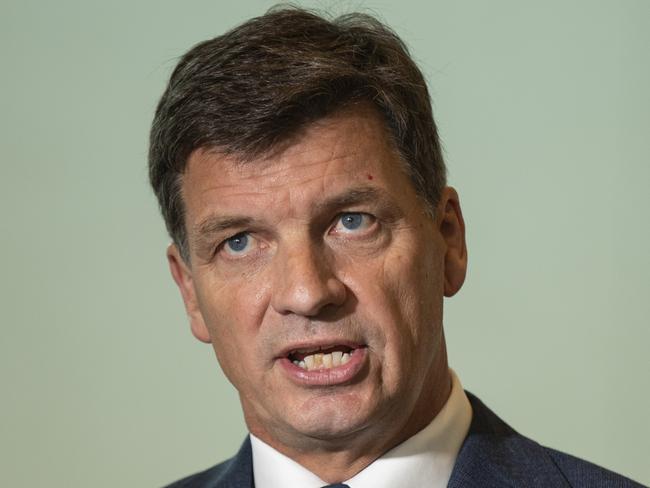
TREASURER FLAGS FURTHER ACTION
The cost of living crisis is expected to peak in December, but grim Treasury modelling suggested the hip pocket pain could last longer than initially expected as extreme weather events, the war in Ukraine and the global outlook continue to cause economic pain.
By the end of the year, Treasury estimates retail electricity prices will increase by 20 per cent nationally.
In 2023-24, that figure will blow out to 30 per cent.
Retail gas prices are also estimated to increase by up to 20 per cent in both 2022-23 and 2023-2024.
The government allocated $40.9 million for increased oversight of gas markets by the
ACCC and implementation of reforms to the Australian Domestic Gas Security Mechanism in Tuesday’s Budget.
The Budget papers also stated the government was “exploring options for further reforms that may be required to ensure Australian customers have access to energy at reasonable prices” - but did not go into detail.
The Australian Petroleum Production & Exploration Association said the best way to put sustained, downward pressure on gas prices “is to bring on new supply”.
The suggestions of increased government oversight represented an “everchanging policy playing field”, APPEA said in a statement, and this put new investment and supply at risk.
Speaking to reporters ahead of the budget’s release, Mr Chalmers flagged further action to keep prices down.
“Any responsible government facing these sorts of price hikes needs to consider a broader suite of regulatory intervention than they might have considered in times gone by,” he said.

The rapid rise in energy costs has left Labor’s promise to cut power bills by $275 dead in the water.
The high energy costs will mean the December inflation peak of 7.75 per cent will last longer than originally expected.
Food prices will be a major driver of the price pinch, with costs forecast to contribute 1.5 percentage points to the inflation peak in December.
Asked if Australians hoping for a cost of living relief in the budget will be left disappointed, Dr Chalmers said it was important to do the “right thing by people and the right thing for the budget”.
The budget papers warned if inflation was to peak a percentage point higher than 7.75 per cent, Australians could be hit with a double whammy.
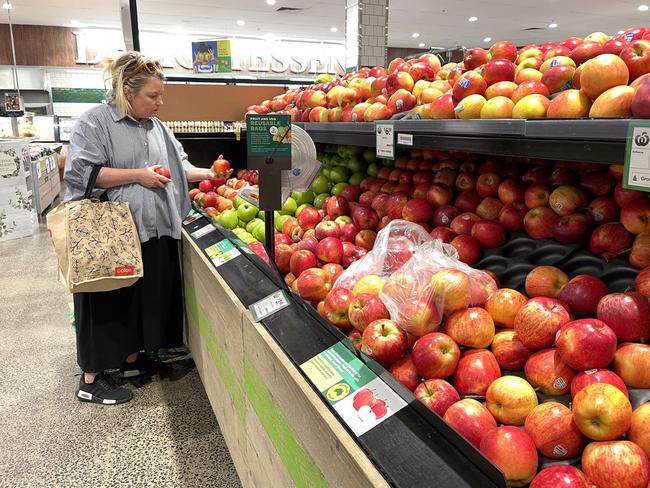
Households would be flogged with “second round” effects as business pass their own cost pressures onto consumers.
“Under this scenario, more persistent inflation is assumed to lead to a higher peak in interest rates than currently expected. Higher inflation and interest rates would lower real household disposable income,” the budget read.
HOW TO SAVE $9000 ON AN EV
The cost of an Electric Vehicle will be slashed but government revenues from fuel excise will soar by more than 50 per cent in just four years, the Budget papers reveal.
While the petrol excise added just a bit more than $5 billion to government coffers in 2021/22, thanks to a temporary cost-of-living discount, it is expected $7.65 billion will be raised by the 2025/26 financial year.
Motorist groups including the Australian Automobile Association have called for a review of the fuel excise, as an ever-increasing percentage of cars on the road are either Electric Vehicles (EVs) or hybrids.
Making good on an election promise, the Albanese government announced it would scrap the Fringe Benefits Tax and import tariffs payable on EVs, a move which is expected to bring the cost of an average EV down by $4700 for an individual and $9000 for an employer.
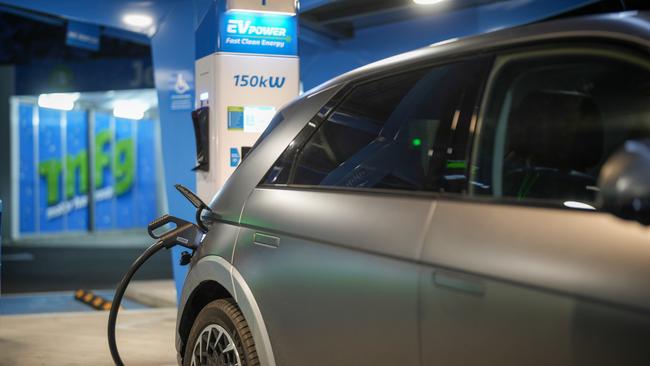
Budget papers show government income from the 5 per cent luxury car tax will fall by an expected $2.4 billion next financial year.
An additional $275 million was allocated for the construction of 117 EV and hydrogen-cell refuelling stations along major freight routes.
While Labor stuck to its pre-election script on EVs for its first Budget, another key promise – that family power bills would come down by $275 per year by 2025 – was not mentioned by Treasurer Jim Chalmers in his Budget speech.
While some industry analysts have warned power bills could spike by as much as 30 per cent because of Russia’s invasion of Ukraine, the Budget papers said the government’s ‘Rewiring the Nation’ program would “drive down power prices”.
While the key projects under Rewiring the Nation had already been announced – the Kerang Link transmission line between NSW and Victoria, and the Marinus energy cables between Victoria and Tasmania – the Budget revealed $20 billion would be provided in low-cost finance “for the urgent upgrade and expansion of Australia’s electricity grid at lowest cost”.

Other election promises ticked off in the Budget include $224.3 million to deploy 400 community-scale batteries for up to 100,000 Australian households, and $102.2 million for solar banks for 25,000 Australians living in apartments, rentals and low-income households.
Green industries had a boost with a number of measures, including $565 million for enabling infrastructure in the Pilbara, and $71.9 million for the development of a hydrogen hub in Townsville.
The government announced it would spend $42.6 million to restore the role of the Climate Change Authority, just over $7 million to begin bringing public service emissions down to net zero by 2030, and up to $100 million on Australia’s presence at the 2025 World Expo in Osaka, Japan – an event which will be used to showcase our clean energy technologies.
$1B IN DISASTER RELIEF FUNDING
Up to a billion dollars has been set aside in the budget for dealing with more frequent and costly natural disasters, with the budget papers drawing the link between extreme weather events and the nation’s economic performance.
According to Treasury estimates, the October floods along Australia’s east coast alone will knock a quarter of a percentage point from GDP growth in December, and contribute to inflation through an expected spike in the price of fruit and vegetables.
The government has already introduced legislation for its flagship resilience initiative, the Disaster Ready Fund, but as part of the budget it was announced $1bn would be set aside over the next five years (from 2023-24) to mitigate against loss and damage from climate disasters.
Emergency Management Minister Murray Watt said $38.3m would be allocated to the veteran-led organisation Disaster Relief Australia, a measure he said would “reduce the pressure on the Australian Defence Force” in responding to natural disasters.
“These funds aim to support up to 5200 additional volunteers joining the existing disaster volunteer workforce by covering the uplift costs associated with recruitment, deployment, equipment and training,” Senator Watt said.
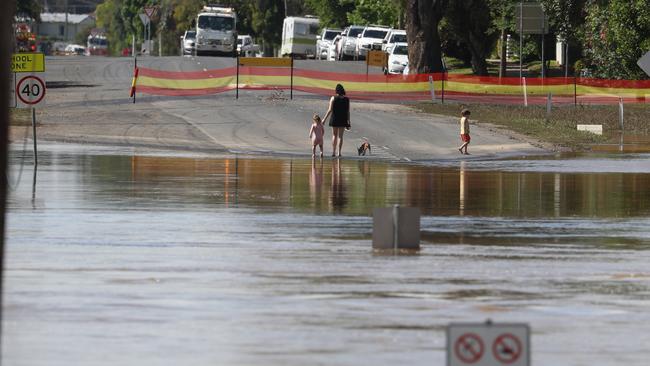
A further $22.6m has been allocated to help reduce the cost of insurance in areas most at risk of natural disasters. In Far North Queensland and the Top End, the escalating cost of premiums has prompted an increasing number of homeowners to abandon insurance altogether.
While vast tracts of the country continue to deal with floodwaters, the government has also set aside $20.8m to prepare for the next drought – “so we are ready to support farmers and communities when they need it most,” Senator Watt said.
Money has also been set aside to avert other disasters such as an outbreak of foot-and-mouth disease.
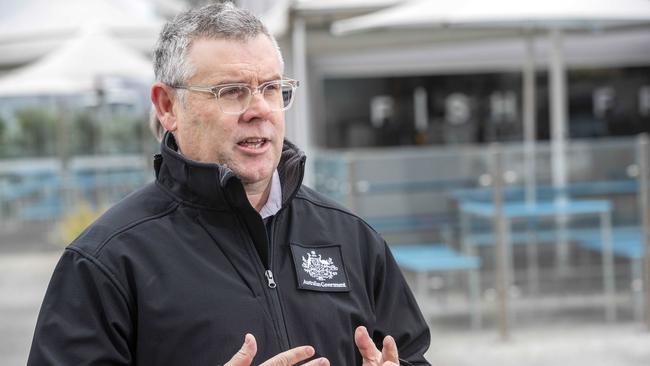
With the disease recently detected in Bali, the government has allocated $61.6m to bolster Australia’s biosecurity system,including $11.7m for an additional 20 detector dogs and handlers at airports and mail centres, and $46.7m for an enhanced livestock traceability system.
Such a system would “ensure fast recovery from any potential disease outbreaks and protect Australia’s export trade,” Senator Watt said.
A statement on the fiscal impact of climate change was included in the budget for the first time, with an assertion (drawn from the Royal Commission into National Natural Disaster Arrangements) that Australia “can expect more concurrent and consecutive natural disasters” in future.
“As these events become more frequent, the direct economic costs will impact Australia’s fiscal position by putting downward pressure on tax revenue and upward pressure on expenditure,” the statement read.
More Coverage
Originally published as Federal Budget 2022: Changes to climate change policy, EVs, disaster relief, power bills




